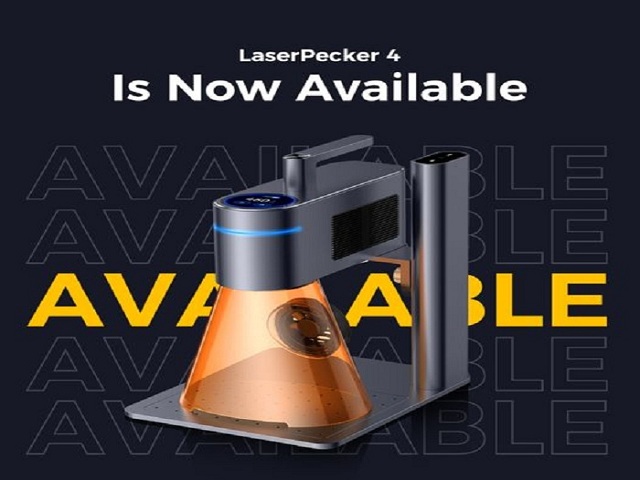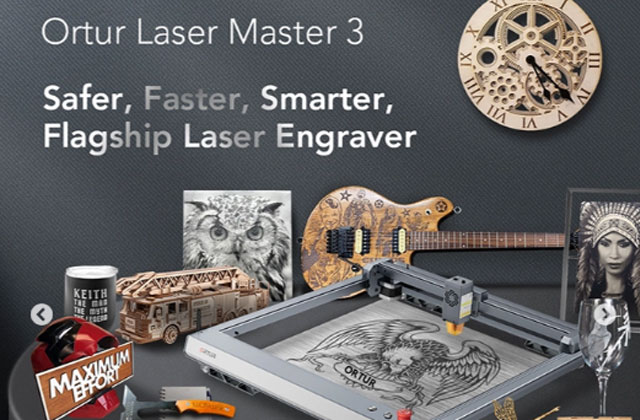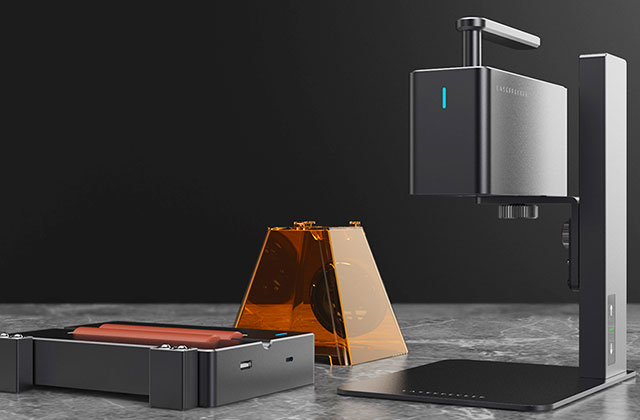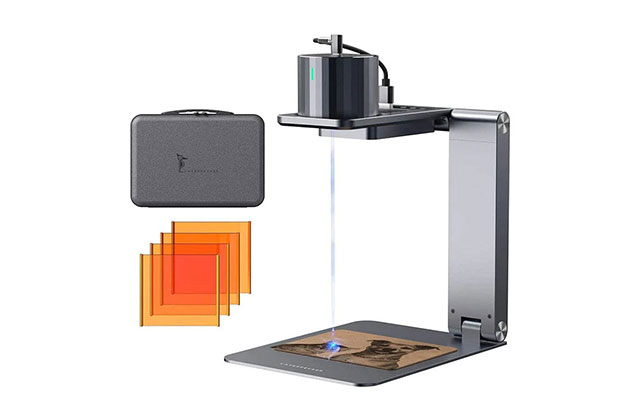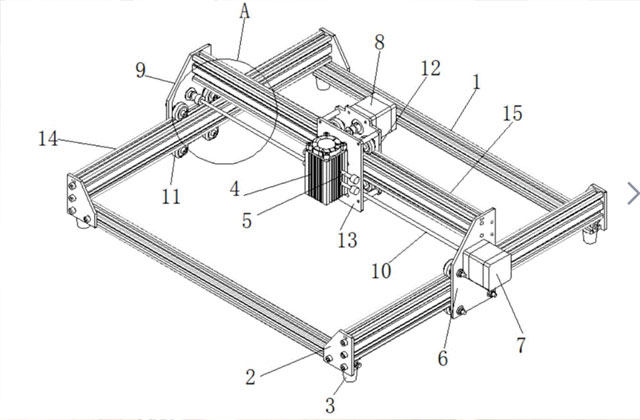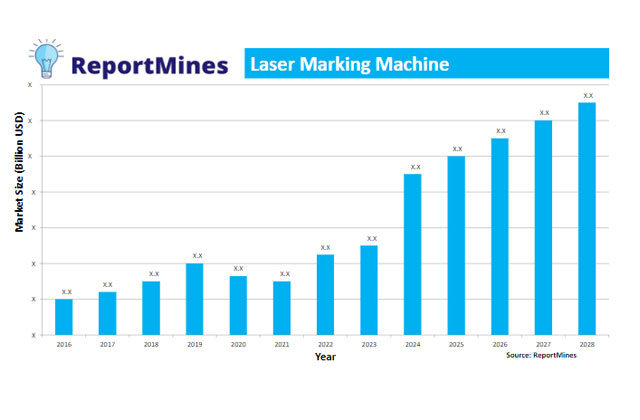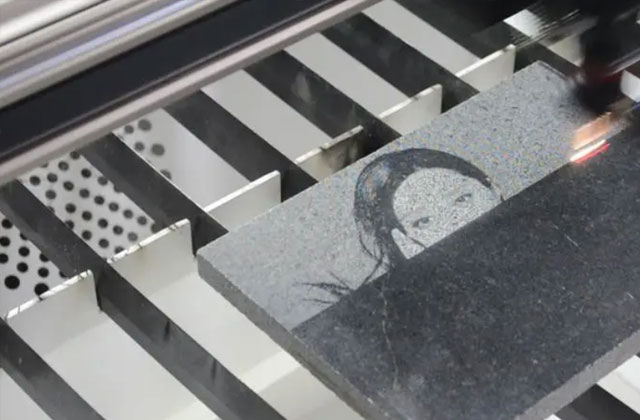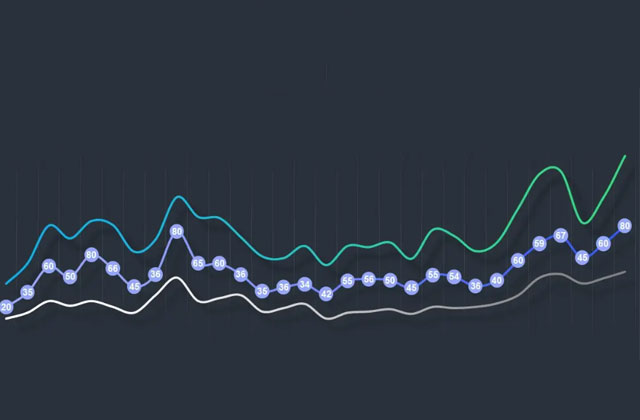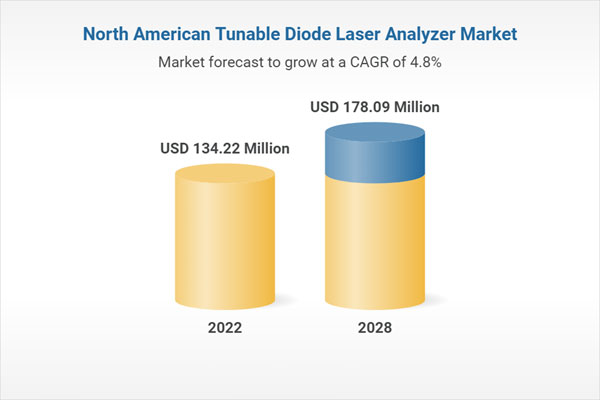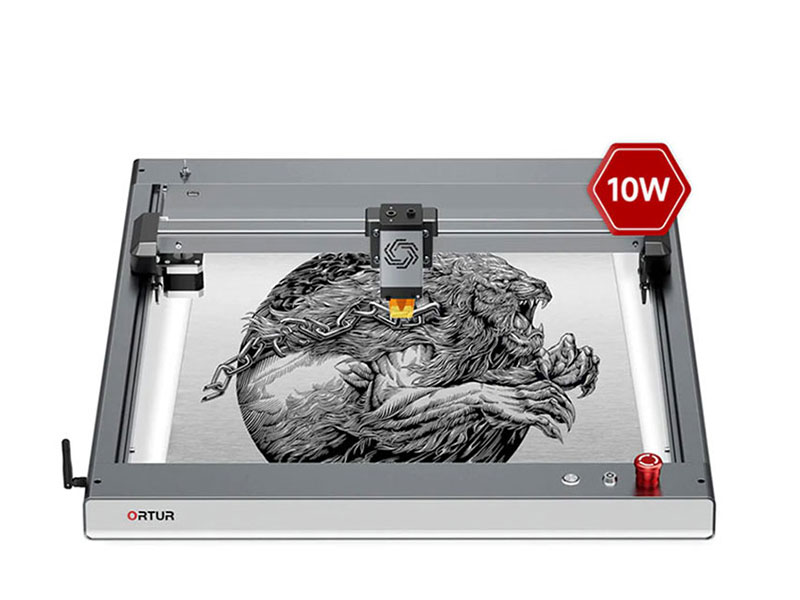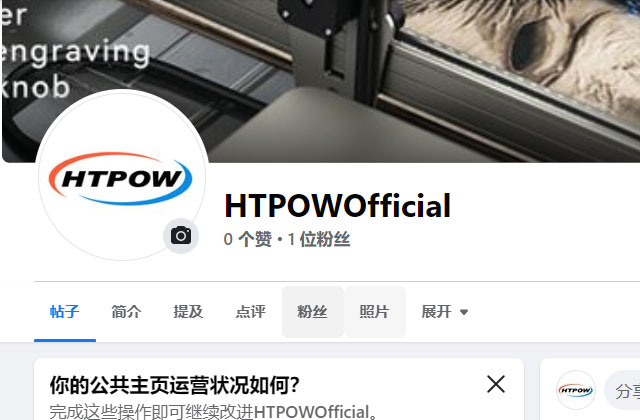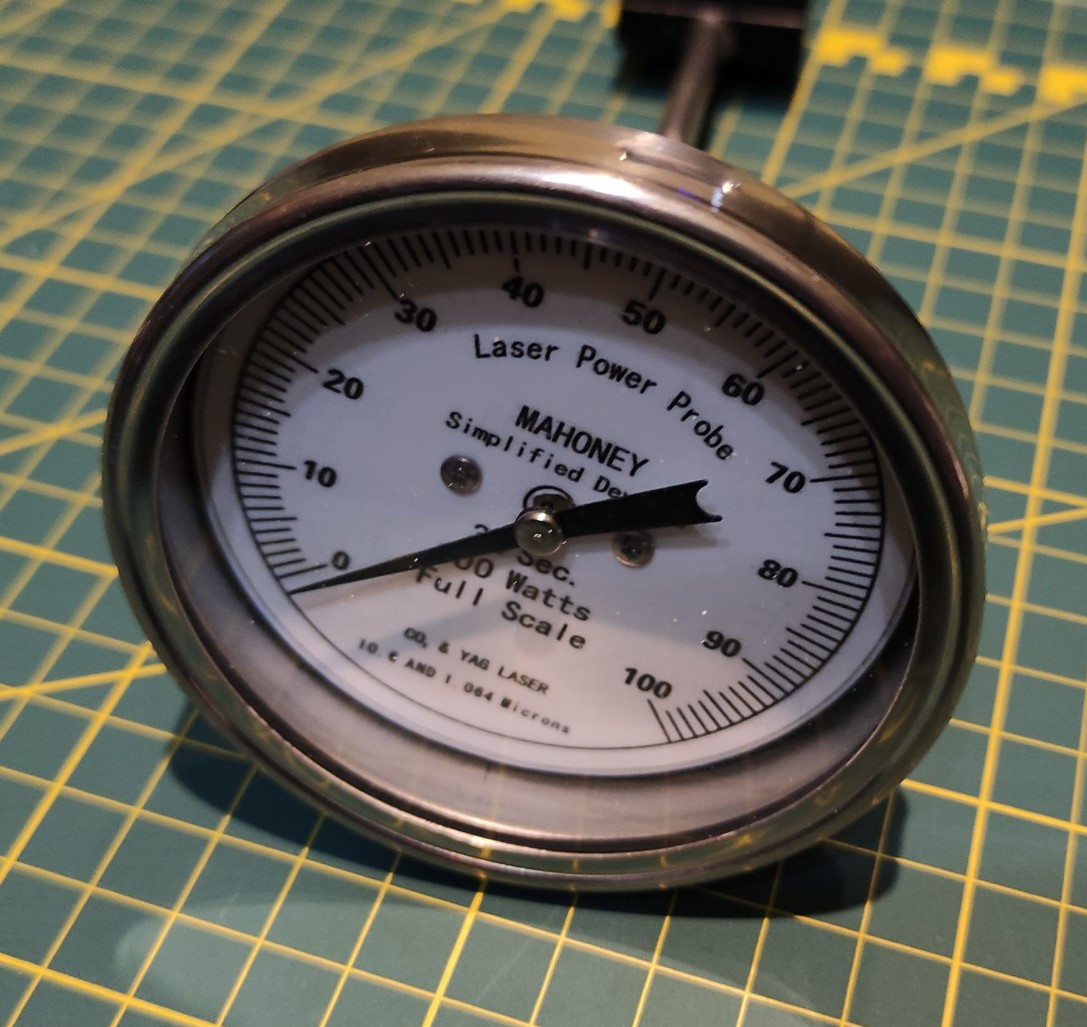
A laser power meter is an instrument that measures the output power of a laser beam. They typically measure the average power of a CW (continuous wave) or pulsed laser source over a set period of time and operate within a specific range of intensities and wavelengths. Test the strength and effectiveness of the laser engraver.
Mahoney Laser Power Meter
What types of laser power meters are available?
There are two main types of laser power meters available; thermal detectors and photodiode detectors. A power meter can be an all-in-one package, or it can consist of a sensor and a compatible meter.
Thermal Power Meter
In thermal detector-based laser power meters, laser or optical power is converted into heat. Effectively, the laser beam interacts with an absorber component, such as a block of black anodized aluminum. The temperature rise developed in the absorber assembly is measured over a set time period and is proportional to the laser power output.
This type of power meter is very robust, but should measure defocused beams as carefully as possible. When measuring laser power behind the lens, it is recommended to measure at a point a certain distance beyond the specified focal point.
Intensity Range
While thermal power meters are available for average laser powers from 10 milliwatts (mW) to kilowatts (kW), no meter can span this range. Therefore, the range is divided into discrete sectors according to the desired sensitivity. E.g. 0~100mW; 0~20W; 0~100W; 0~200W; 0~500W and 0~1000W. Each end of the spectrum has its own challenges;
For 0-5w laser engraving machine, it is generally used for engraving logo and marking. It is recommended to buy LaserPecker 2, which can quickly mark and engrave what you need, and the engraving speed can reach 36000mm/min
For 5-10w laser engraving machine, xTool D1 Pro is recommended, it is the best 10w laser engraving machine, I believe you will feel the same.
10-20 laser engraving machine, if you have the demand of cutting material then I recommend you to use Ortur Laser Master 3.
In the low power range (mW), simply touching the absorber component is enough to affect the reading.
For measurements greater than 10 watts, some form of cooling is usually required.
In the high power range (kW), restoring the meter to ambient temperature between measurements may require extensive air or water cooling to reduce test cycle time.
Wavelength Range
Thermal power meters are available over a wide range of wavelengths and generally have wavelength-independent sensitivity.
Measuring Speed
Meters of this type typically have slow measurement cycle times. Consists of a set exposure time plus subsequent cooling to ambient temperature.
Photodiode Power Meter
Photodiode power meters are much more sensitive and responsive than thermal power meters. However, it's also far less robust. Absorber components are typically based on silicon (Si), germanium (Ge), or indium gallium arsenide (InGaAs), depending on the desired wavelength region. This means that the sensitivity of the photodiode depends on the wavelength being measured, and some form of compensation adjustment is required to counteract the different sensitivities at different wavelengths.
Intensity Range
Photodiode power meters are suitable for low and very low power measurements in the 100 picowatt (pW) to 20 watt range, although this range can be increased by using an attenuator.
wavelength range
Photodiode power meters can cover wavelengths from 200 nm to 5.5 µm, with different sensitivities at different wavelengths. Manufacturers usually provide calibration tables for specific wavelengths.
Measuring Speed
Meters of this type typically have slow measurement cycle times. Consists of a set exposure time followed by cooling to ambient temperature.
Laser Cutting and Engraving Equipment Recommendations
In almost all cases, they are CO2-based machines and use a DC (glass tube) or RF (metal tube) laser source. There are also combined machines with CO2 and fiber laser sources installed.
Laser Power Meter Manufacturer
There are many manufacturers of laser engraving machines, the most famous being LaserPecker, and of course there are many manufacturers of laser power meters, but you will need to do your research to find a solution for your specific laser source and application.
How to use a laser power meter
If you decide to go ahead and buy a laser power meter, you may need some advice on how to use it. While the laser power meter you buy may come with a set of instructions, power measurement is only one aspect of testing a laser machine. For more details, check out the professional post on how to use a laser power meter.

